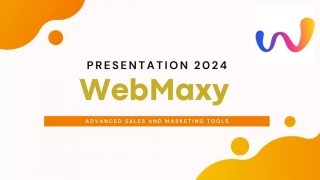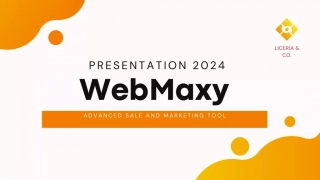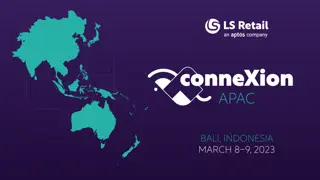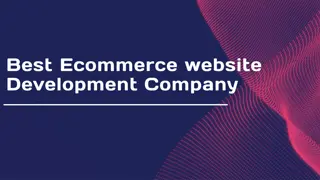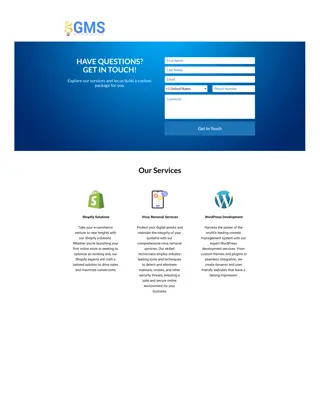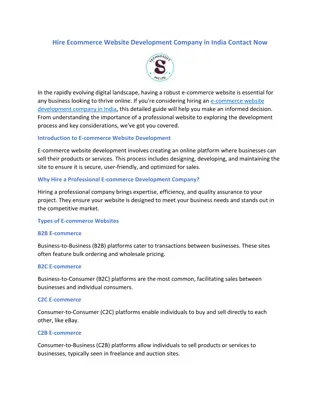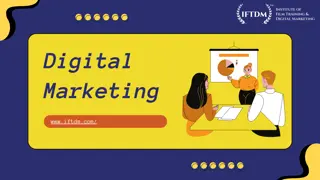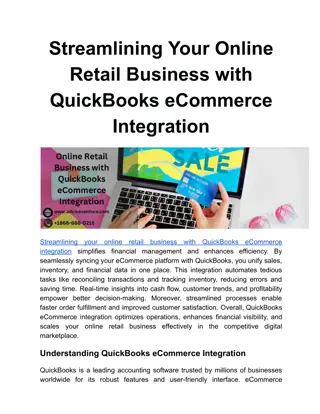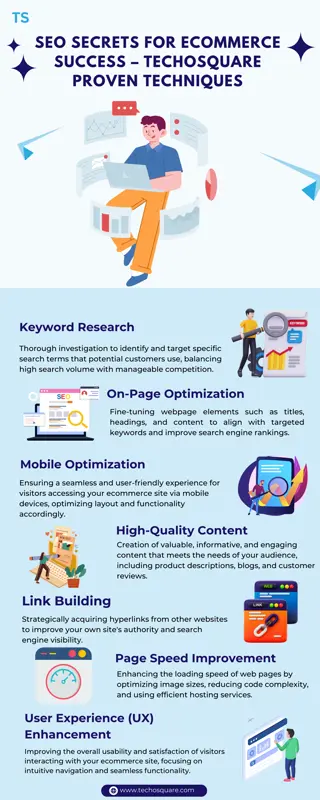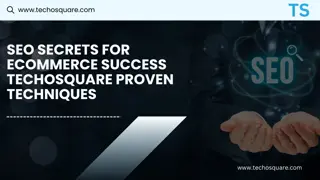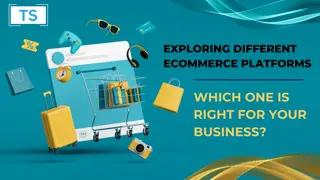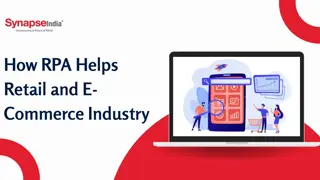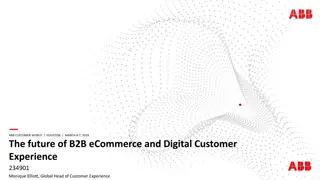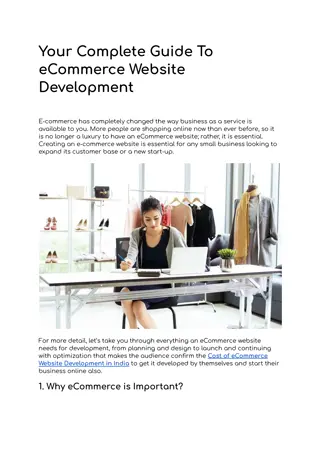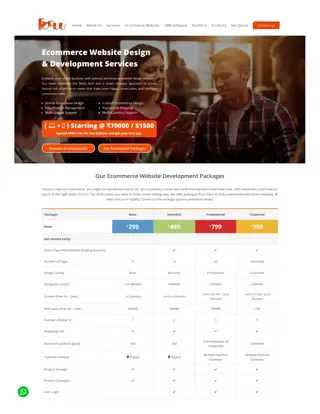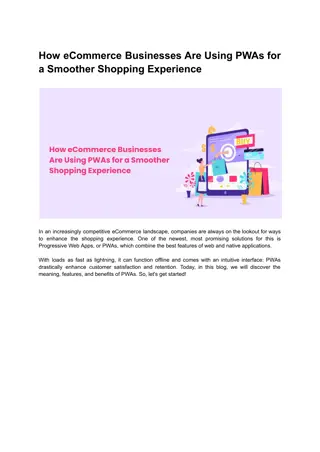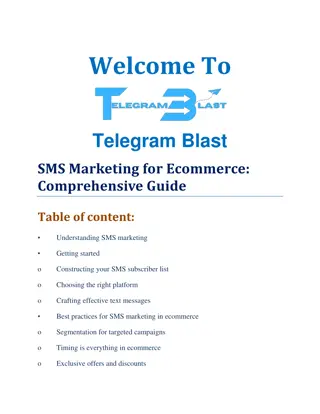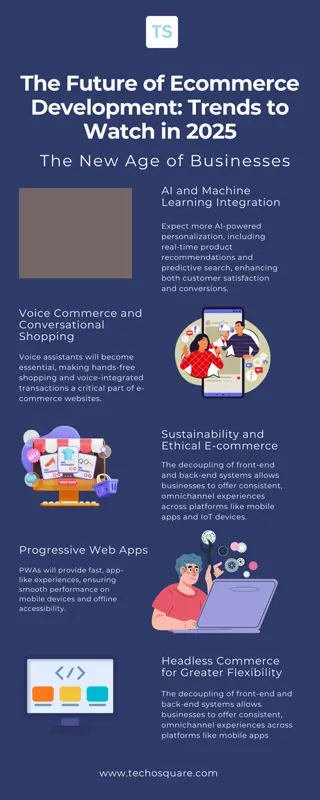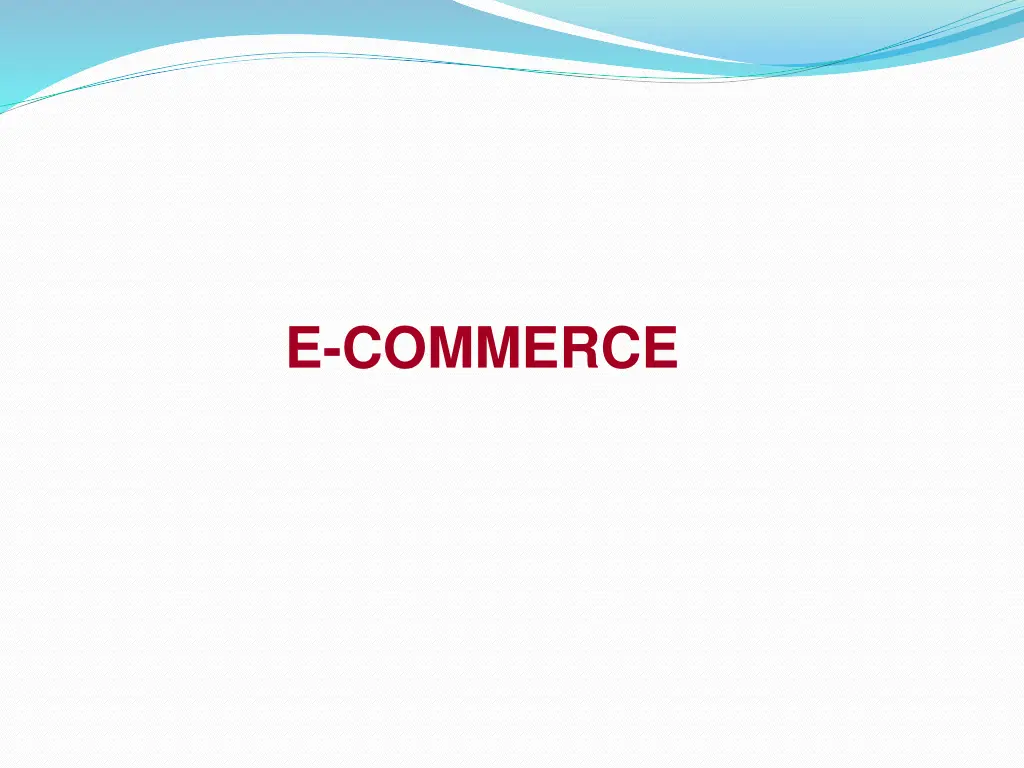
Understanding E-commerce: Types, Processes, and Differences
Explore the world of e-commerce, from different types like B2C and B2B to the processes involved in online transactions. Learn the distinctions between e-commerce and e-business and delve into the interconnected nature of digital commerce.
Uploaded on | 2 Views
Download Presentation

Please find below an Image/Link to download the presentation.
The content on the website is provided AS IS for your information and personal use only. It may not be sold, licensed, or shared on other websites without obtaining consent from the author. If you encounter any issues during the download, it is possible that the publisher has removed the file from their server.
You are allowed to download the files provided on this website for personal or commercial use, subject to the condition that they are used lawfully. All files are the property of their respective owners.
The content on the website is provided AS IS for your information and personal use only. It may not be sold, licensed, or shared on other websites without obtaining consent from the author.
E N D
Presentation Transcript
COMMERCE Commerce is a division of trade or production which deals with the exchange of goods and services from producer to final consumer
Different types of e-commerce Business-to-business (B2B) Business-to-Consumer (B2C) Business-to-government (B2G) Consumer-to-consumer (C2C) Government to consumer (G2C) Government-to-business (G2B)
E-COMMERCE It is commonly known as electronic marketing. It consist of buying and selling goods and services over an electronic system such as the internet. E-commerce is the purchasing , selling & exchanging goods and services over computer network or internet through which transactions or terms of sale are performed electronically.
E-commerce vs. E-business We use the term e-business to refer primarily to the digital enablement of transactions and processes within a firm, involving information systems under the control of the firm. E-commerce include commercial transactions involving an exchange of value across organizational boundaries
The process of E-commerce A consumer uses Web browser to connect to the home page of a merchant's Web site on the Internet. The consumer browses the catalog of products featured on the site and selects items to purchase. The selected items are placed in the electronic equivalent of a shopping cart. When the consumer is ready to complete the purchase of selected items, she provides a bill-to and ship-to address for purchase and delivery
The process of E-commerce When the credit card number is validated and the order is completed at the Commerce Server site, the merchant's site displays a receipt confirming the customer's purchase. The Commerce Server site then forwards the order to a Processing Network for payment processing and fulfilment.
What is B2B e-commerce? B2B e-commerce is simply defined as ecommerce between companies. About 80% of e-commerce is of this type. Examples: Intel selling microprocessor to Dell Heinz selling ketchup to Mc Donalds
What is B2C ecommerce? Business-to-consumer e-commerce, or commerce between companies and consumers, involves customers gathering information; purchasing physical goods or receiving products over an electronic network. Example: Dell selling me a laptop
What is B2G ecommerce? Business-to-government e-commerce or B2G is generally defined as companies and the public sector. It refers to the use of the Internet for public procurement, licensing procedures, and other government- related operations Example: commerce between Business pay taxes, file reports, or sell goods and services to Govt. agencies.
What is C2C ecommerce? Consumer-to-consumer e-commerce or C2C is simply commerce between private individuals or consumers. Example: Mary buying an iPod from Tom on eBay Me selling a car to my neighbour
G2C E-commerce This Model is also a part of e-governance. The objective of this model is to provide good and effective services to each citizen. The Government provides the following facilities to the citizens through website. Information of all government departments, Different welfare schemes, Different application forms to be used by the citizens.
G2B E-commerce Government-to-business (G2B) is a business model that refers to government providing services or information to business organisation. Government uses B2G model website to approach business organizations. Such websites support auctions, tenders and application submission functionalities.
ADVANTAGES OF E-COMMERCE Faster buying/selling procedure, as well as easy to find products. Buying/selling 24/7. More reach to customers, there is no theoretical geographic limitations. Low operational costs and better quality of services. No need of physical company set-ups. Easy to start and manage a business. Customers can easily select products from different providers without moving around physically.
DISADVANTAGES OF E-COMMERCE Unable to examine products personally Not everyone is connected to the Internet There is the possibility of credit card number theft Mechanical failures can cause unpredictable effects on the total processes.
Reference http://online-ecommerce- tips.blogspot.in/2010/06/g2c-government-to- citizen.html http://www.tutorialspoint.com/e_commerce/e_comm erce_advantages.htm http://www.techopedia.com/definition/1425/business- to-government-b2g http://www.digitsmith.com/ecommerce- definition.html

